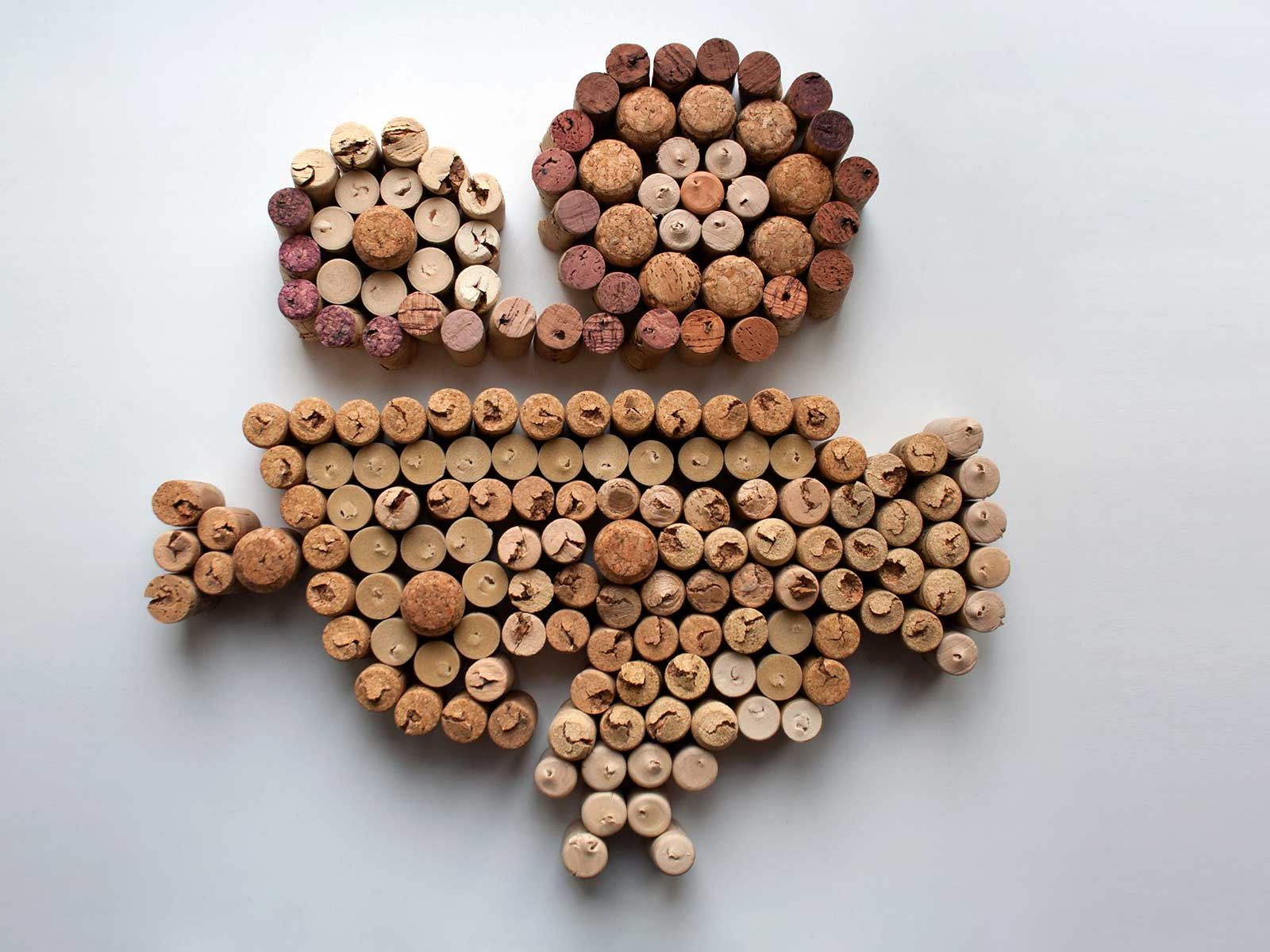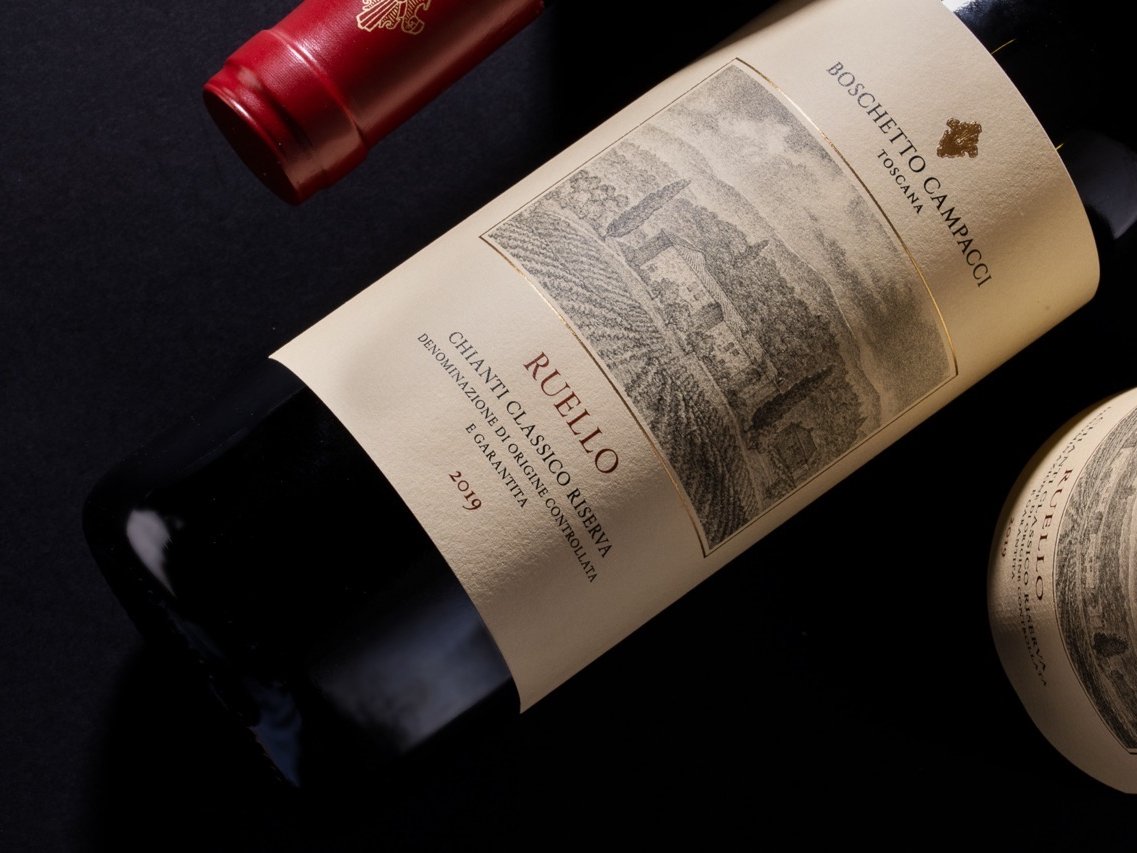The Best Works of Fiction for Wine Lovers
Wine is an ideal vehicle for revealing character and driving plot. Here are five stories where it does just that, whether that be to humorous or disastrous effect.
1. Moonraker, Ian Fleming
For some people, James Bond is all about Cold War rivalries, action scenes, rogue terrorist networks and beautiful women; for others there’s a quiet thrill to spotting 007’s discerning wine choices. This third Bond novel – not to be confused with the later film version – marks a pivot in 007’s Champagne consumption habits.
Originally a Taittinger man – in Fleming’s first Bond novel, Casino Royale, he describes it as “probably the finest champagne in the world” – Moonraker sees Bond wash down his dinner with Dom Pérignon 1946. Incidentally, and rather controversially by modern standards, he laces it with amphetamines for an extra kick. His dining companion M prefers claret, on this occasion Mouton Rothschild 1934.
To be fair, it’s made clear that the club where Bond is dining doesn’t stock Taittinger, but Bond doesn’t appear too upset by this news, dismissing the connection as “only a fad of mine.” It’s obvious that Taittinger hasn’t fallen completely out of favour though. Later in the book Bond idly ponders spending part of his £15,000 bridge winnings on “a few dozen of the Taittinger Champagne”.
But what of Bollinger, now regarded as James Bond’s official champagne? Bollinger does appear in the books, but only in Fleming’s fourth 007 adventure Diamonds Are Forever, and even then it is not chosen by Bond, but rather sent to his room. The close connection between Bond and Bollinger was one forged by the film company, just one example of the creative licence that makes Fleming’s original books a must-read for serious Bond – and wine – fans.
2. A Gentleman in Moscow, Amor Towles
Does caring about the wine you drink, even selecting the right bottle for the right occasion, signify a dangerously decadent bourgeois mindset? Or is it rather the mark of civilisation, distinguishing gentleman from brute? And when your world is turned upside down, should wine appreciation take a back seat in favour of more pressing concerns? Or can it provide soothing balm, restoring equilibrium when all around is turmoil? These are just some of the questions raised in A Gentleman in Moscow, a delightful novel with wine woven deep into its fabric.
The plot revolves around a charming Russian aristocrat who is confined by the Bolsheviks to house arrest in Moscow’s Hotel Metropol. It is partly through interaction with wine that Count Alexander Ilyich Rostov can demonstrate his impressive ability to uphold gentlemanly standards despite such sudden, prolonged deprivation.
As the regime tightens its grip, so too do the Count’s wine-related problems become increasingly serious. After a confused attempt to order Barolo with his osso buco from a determinedly inept waiter, he is grimly escorted to the cellar by his ally, the maître d’. Together they survey a horrifying scene: the hotel’s magnificent collection of over 100,000 bottles have all had their labels removed.
Condemned as “a monument to the privilege of the nobility, the effeteness of the intelligentsia, and the predatory pricing of speculators”, from this point onwards all wine must be served at the same price, the only permitted distinction being red or white. The Count eventually secures a small but meaningful victory against the system, identifying a Châteauneuf-du-Pape by the bottle’s embossed crossed keys. It is not the only wine that will sustain him through his confinement.
3. Brideshead Revisited, Evelyn Waugh
Evelyn Waugh was not afraid to highlight the problematic aspect of excessive wine consumption – his novels, including this one, are littered with lives thrown into disarray by drunkenness – but he is equally keen to revel in the civilised joy that comes with a fine glass of wine.
Brideshead Revisited sees Charles Ryder whisked giddily into the apparently carefree world of his new aristocratic friend Sebastian Flyte. Who could resist the tempting proposition of “a motor-car and a basket of strawberries and a bottle of Château Peyraguey – which isn’t a wine you’ve ever tasted, so don’t pretend. It’s heaven with strawberries.”
Later, at Sebastian’s family home, Waugh lightly tackles the challenge of describing wine without descending into farcical simile. As Charles and Sebastian indulge in a spot of wine education with the help of the well-stocked cellar, their tasting notes match the frivolity of the mood:
“It is a little, shy wine like a gazelle.”
“Like a leprechaun.”
“Dappled, in a tapestry meadow.”
“Like a flute by still water.”
As the book becomes more serious, so too does the wine appreciation. This time, dining with wealthy American Rex Mottram, Charles has chosen a 1904 Chambertin Clos de Bèze. It has a profound effect. “This Burgundy seemed to me, then, serene and triumphant, a reminder that the world was an older and better place than Rex knew, that mankind in its long passion had learned another wisdom than his.”
Anyone looking for examples of how human reaction to a wine is affected by our mood need look no further than this drink’s persistent presence throughout the dramatic atmospheric shifts of Brideshead Revisited.
4. Sideways, Rex Pickett
Has any book, fact or fiction, wreaked such a profound effect on wine fashion?
Thanks to the wayward road trip of Pinot Noir lover Miles and his extrovert friend Jack, this grape captured the imagination of a whole new, large demographic of wine drinkers.
It’s easy to see what inspired them. Miles, an only lightly fictionalised version of Pickett himself, is evangelical about his passion: “Pinot Noir country. My grape. The one varietal that truly enchants me, both stills and steals my heart with its elusive loveliness and false promises of transcendence. I loved her, and I would continue to follow her siren call until my wallet – or liver, whichever came first – gave out.”
The most famous effect of the book, and perhaps even more influentially the film, when they both came out in 2004 was the surge in popularity of wines made from Pinot Noir, particularly among US consumers. Santa Barbara tasting rooms were swamped as fans rushed to replicate the Sideways journey. But other Californian regions also reported an explosion in visitor numbers as people embraced the idea of taking a break in wine country.
It’s difficult to pin statistics to a single event, but even harder to ignore the correlation between Sideways’ appearance and a sudden surge in US consumers’ appetite for wine. Over the 20 years leading up to 2004, the country’s per capita annual wine consumption ticked up steadily from 1.73 gallons to 2.24 gallons, according to the Wine Institute of California. In 2005 that figure leapt to 2.33 gallons and a decade later stood at 2.86 gallons, roughly the same percentage increase in half the time.
Not all of that growth was accounted for by Californian Pinot Noir, but it certainly played a part. In 2004 the California Agricultural Statistics Service reported that the state’s wineries crushed a total of 70,062 tons of Pinot Noir; by 2018 that figure had hit a whopping 313,824 tonnes. The “Sideways effect” may now have waned but it has left an indelible mark on the wine landscape.
5. Taste, Roald Dahl
Best known for his wickedly entertaining children’s stories, Roald Dahl could also direct that macabre touch at a more grown up audience. This short story, first published in 1945 but reproduced in a 1951 edition of the New Yorker, presents a nightmare version of the classic dinner party blind tasting scenario.
Host Mike Schofield has previously lost several bets with “famous gourmet” Richard Pratt, who has correctly identified a wine served blind during dinner. This evening Schofield has picked a deliberately obscure bottle and, so confident is he of victory, agrees to let Pratt marry his daughter if the expert can work out both producer and vintage.
Then follows a tense masterclass in blind tasting. “It is far too light in the body to be from either St Emilion or Graves” begins Pratt. “It is obviously a Médoc.” Warming up, he whittles down the communes. “Margaux? No. It cannot be Margaux. It has not the violent bouquet of a Margaux. Pauillac? It cannot be Pauillac, either. It is too tender, too gentle and wistful for Pauillac.”
Inevitably, his final, lengthy deduction is correct – to the horror of everyone else present. But that horror turns to rage when underhand behaviour is revealed. Short stories are unfairly unfashionable these days, but Taste is a prime example of the emotional punch a skilled writer can pack into just a few pages.













